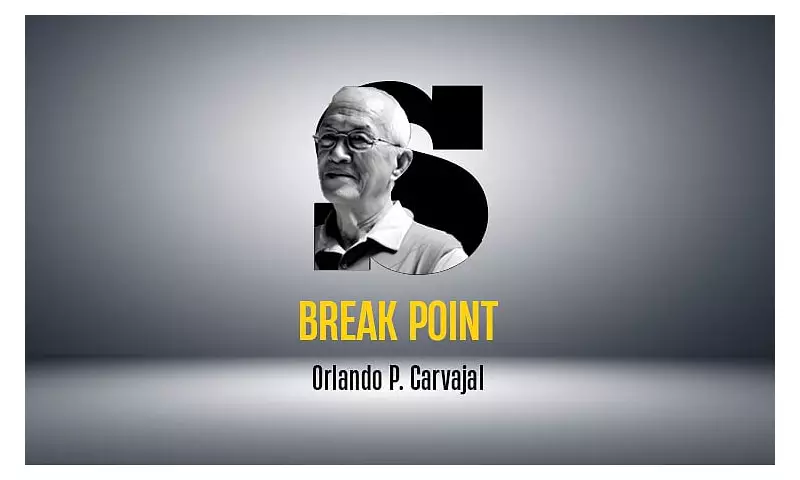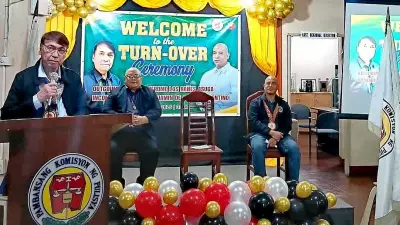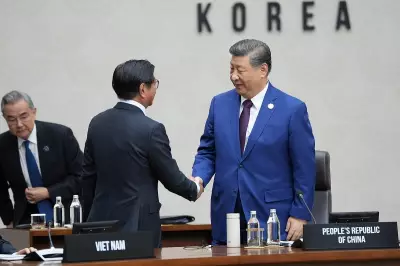
The historic Carvajal Street in downtown Cebu City stands at a crossroads as mysterious messages appearing on its walls hint at an impending demolition, leaving residents and heritage advocates deeply concerned about the fate of this culturally significant area.
A Street Steeped in History
Known locally as "Parian," Carvajal Street holds a special place in Cebu's historical landscape. The street derives its name from the Carvajal family, with former Cebu City Mayor Sergio Osmeña Jr. having married a Carvajal heiress. This connection makes the area particularly significant to the Osmeña political legacy in Cebu.
The street has long been recognized for its architectural and cultural value, serving as a living testament to Cebu's rich colonial past and urban development through the decades.
The Writing on the Wall
Recent developments have sparked alarm among preservationists and local residents. Cryptic messages have appeared on various structures along Carvajal Street, including the telling phrase "DEMO ZONE" painted prominently on walls. These markings have fueled speculation about the street's imminent demolition.
Adding to the uncertainty, a demolition permit has reportedly been issued for the area, though specific details about the scope and timeline remain unclear. The situation has created an atmosphere of apprehension among those who value Cebu's architectural heritage.
Community Reaction and Concerns
Local residents and heritage conservation advocates have expressed growing anxiety about the potential loss of this historic corridor. Many fear that demolishing Carvajal Street would mean erasing an important chapter of Cebu's urban history and cultural identity.
The street's significance extends beyond its architectural features, representing a tangible connection to Cebu's political history through its association with the Osmeña family, one of the most prominent political dynasties in the Philippines.
Unanswered Questions and Future Implications
As the community awaits official clarification from city authorities, several crucial questions remain unanswered:
- What are the specific plans for Carvajal Street's redevelopment?
- How will the city balance heritage preservation with urban development needs?
- What measures will be taken to document and preserve the street's historical significance?
- How will affected residents and businesses be compensated or relocated?
The situation highlights the ongoing tension between progress and preservation in rapidly developing urban centers like Cebu City.
A Critical Juncture for Urban Heritage
The fate of Carvajal Street represents more than just the potential loss of old buildings—it symbolizes the broader challenge facing many Philippine cities as they navigate modernization while protecting their cultural heritage. The outcome of this situation could set important precedents for how Cebu City manages its historical assets in the future.
As development pressures continue to mount in urban centers across the Philippines, the Carvajal Street dilemma serves as a poignant reminder of the delicate balance required between honoring the past and building for the future.





